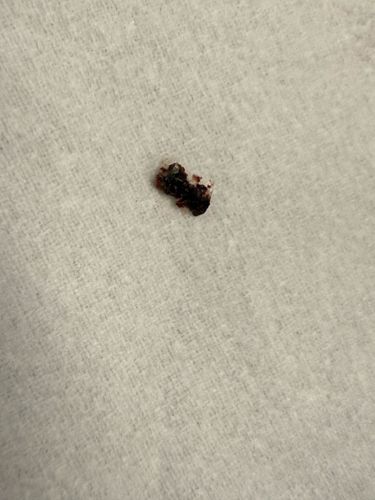Bed Bug
Scientific Name: Cimex lectularius
Order & Family: Hemiptera, Cimicidae
Size: Adults are typically 4-5 mm (0.16-0.20 inches) long, oval-shaped, and flattened when unfed. After taking a blood meal, they become engorged, reddish-brown, and more rounded.

Natural Habitat
Bed bugs commonly infest human dwellings, particularly bedrooms. They hide in mattresses, box springs, bed frames, headboards, furniture, cracks in walls, and behind wallpaper. They are highly associated with human activity and travel.
Diet & Feeding
Strictly hematophagous, meaning they feed exclusively on animal (primarily human) blood.
Behavior Patterns
Bed bugs are primarily nocturnal, feeding on humans typically while they are asleep. They are very adept at hiding in cracks and crevices, making them difficult to detect. Their flattened bodies allow them to squeeze into tiny spaces. They are known for their resilience and ability to survive long periods without a blood meal.
Risks & Benefits
Risks: Bed bug bites can cause itchy welts, leading to discomfort and potential secondary skin infections from scratching. Some individuals may develop allergic reactions. They are not known to transmit diseases to humans. Benefits: None that are significant from a human perspective; they do not provide ecological benefits, and they are considered entirely a pest.
Identified on: 8/27/2025